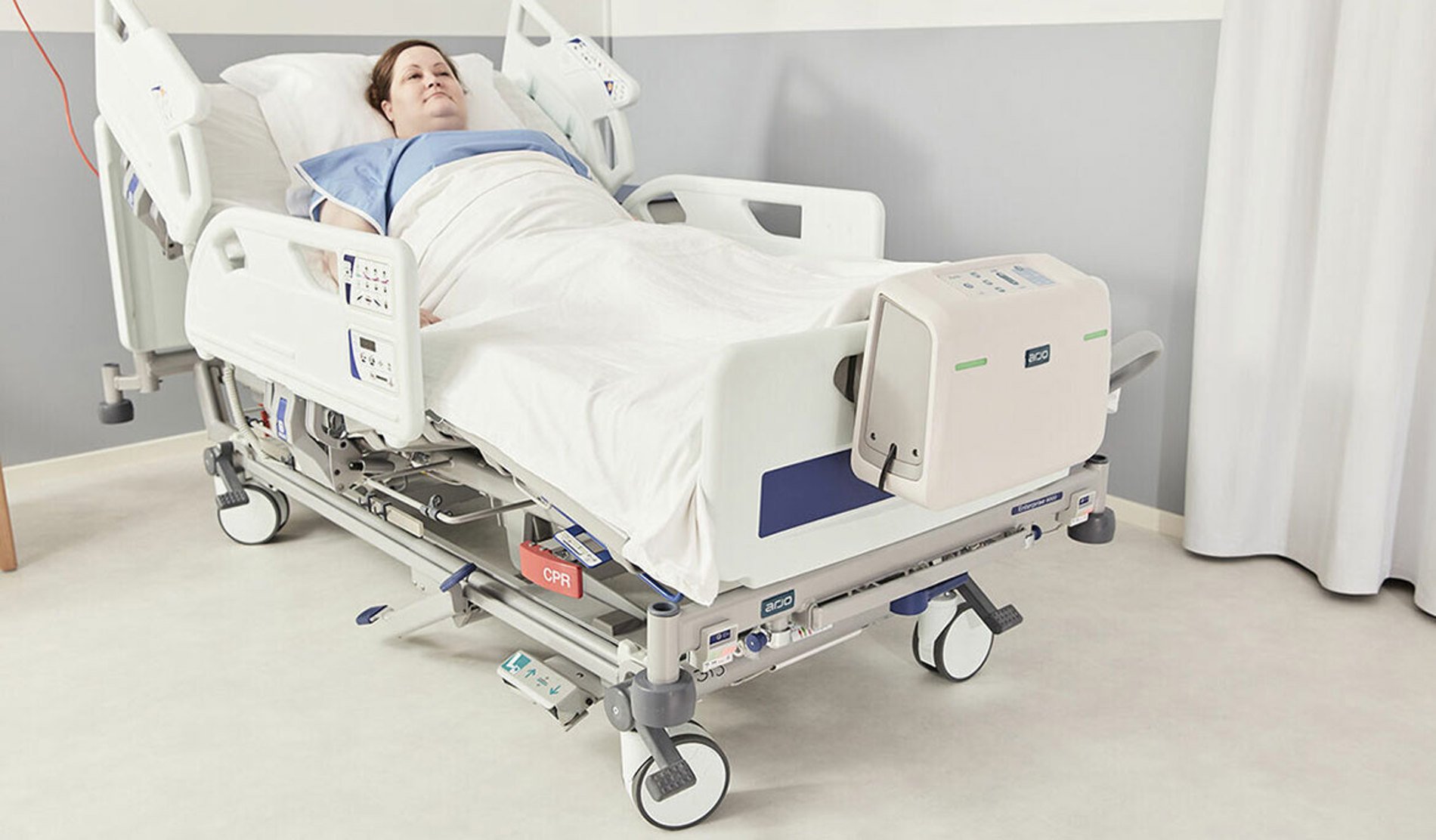Pressure injury prevention strategies for healthier outcomes
A pressure injury seriously affects quality of life. As clinicians, increasing awareness of pressure injury prevention and education are important to help ensure healthier outcomes for those in our lives and under our care.

Pressure injuries are a result of prolonged pressure to an area of the body usually over a bony prominence. Decreased mobility, such as sitting or lying in one position too long, increased moisture from incontinence, saliva, or even sweat, and underlying conditions such as diabetes, smoking, vascular problems and poor nutrition, can all contribute to the development of a pressure injury.
Pressure injuries can start as a reddened area sometimes accompanied by pain or discomfort. If a person is unable or unaware of how to change their position, the pressure from a bony prominence against a surface, such as a bed or chair, can lead to an open wound. Injuries can manifest in the skin but if the area is not effectively offloaded, damage can progress to deeper layers such as subcutaneous tissue, muscle and bone.
Treatment for a pressure injury can be very costly, decrease quality of life, and cause emotional distress. Hospital costs can range from $500 to $70,000 to treat a single pressure injury1 and length of hospital stay can be increased by over 4 days.2 Increased hospital stay and prolonged therapy can result in unanticipated time away from family, work, daily activities, and recreation.
Pressure injuries can be prevented by:
- Shifting position frequently: If bedbound, reposition at least every 2 hours (ask for help if needed). If using a wheelchair, reposition every 15-30 minutes
- Consider a specialty mattress, seat cushion, or wheelchair cushion that is designed to help offload pressure
- Use devices (ie., pillows) to prevent bony prominences such as ankles and knees from touching
- Integrate mobility into your day, such as walking or standing up, as much as possible
- Keep skin clean and dry
- Inspect skin for reddened areas
- Eat a healthy diet and drink plenty of fluids
- Implement a healthy lifestyle: stop smoking, maintain a healthy weight, manage underlying conditions
Arjo empowers you with the ability to enhance pressure injury prevention efforts in your care environment, equipping you with the knowledge, skills and tools in the early identification, prevention and management of pressure injuries through our comprehensive range of products and solutions, including a Pressure Injury Prevention (PIP) program. Download our White Paper, “Pressure Injury Prevention Solutions Clinical Evidence Summary” to learn more or contact us for additional information.
References:
- Boyko TV, Longaker MT, Yang GP. Review of the Current Management of Pressure Ulcers. Adv Wound Care (New Rochelle). 2018;7(2):57-67.
- Graves, N., Birrell, F., & Whitby, M. (2005). Effect of Pressure Ulcers on Length of Hospital Stay. Infection Control & Hospital Epidemiology, 26(3), 293-297.